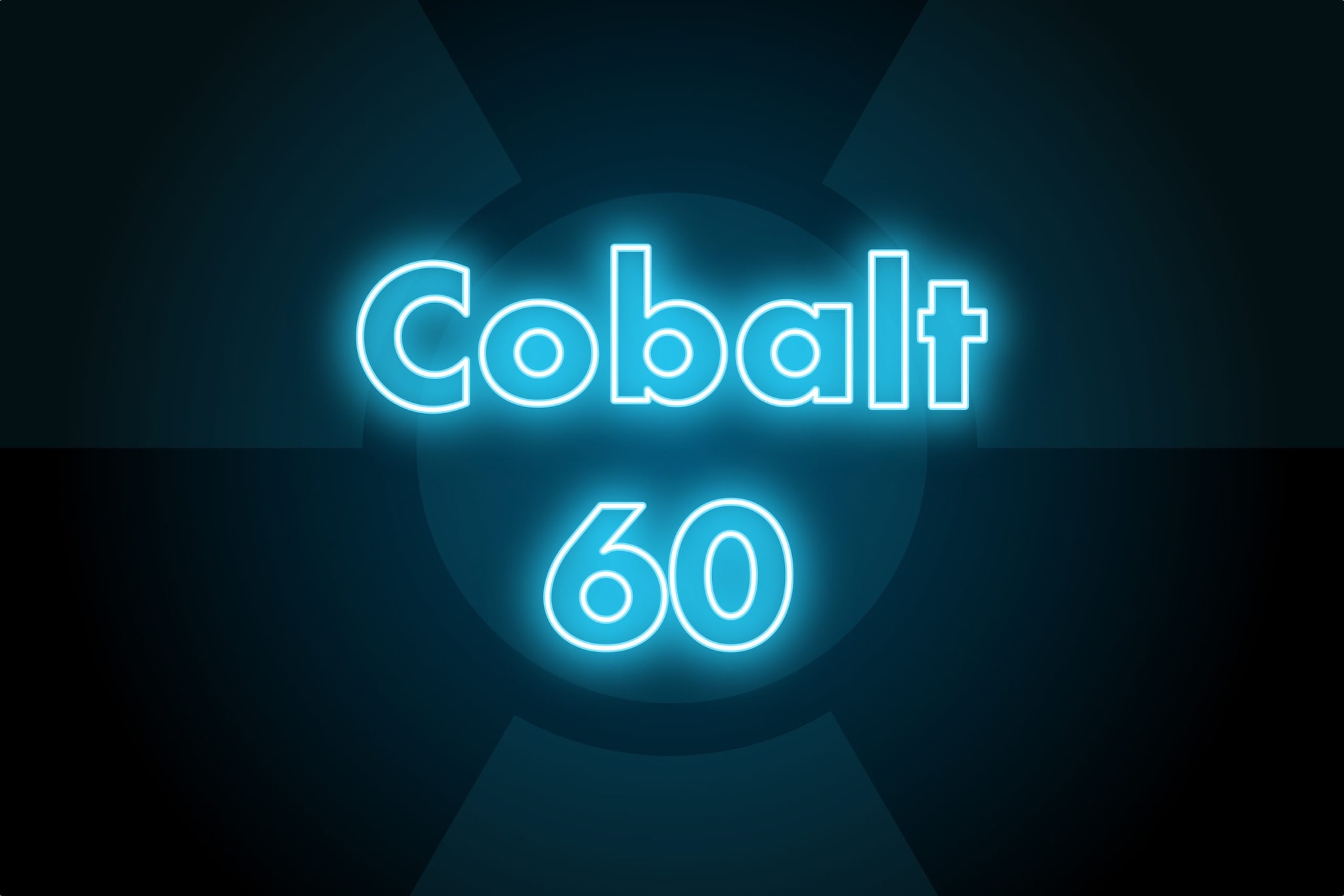At a glance
Cobalt-60 (Co-60) is a metal that is used medically for radiation therapy. Large external exposure can lead to skin burns, acute radiation sickness, or death.

Cobalt-60 properties
Half-life: 5.27 years
Mode of decay: Beta particles and gamma radiation
Chemical properties: Metallic solid that can become magnetically charged.
Appearance: Co-60 is a hard, gray-blue metal. It resembles iron or nickel.
Use
Co-60 is used medically for radiation therapy as implants and as an external source of radiation exposure. It is used industrially in leveling gauges and to x-ray welding seams and other structural elements to detect flaws. Co-60 also is used for food irradiation, a sterilization process.
Origin
Nonradioactive cobalt occurs naturally in various minerals and has long been used as a blue coloring agent for ceramic and glass. Radioactive Co-60 is produced commercially through linear acceleration for use in medicine and industry. Co-60 also is a byproduct of nuclear reactor operations, when metal structures, such as steel rods, are exposed to neutron radiation.
Form
Co-60 occurs as a solid material. It might appear as small metal disks or in a tube, enclosed at both ends, that holds the small disks. Co-60 can occur as a powder if the solid sources have been ground or damaged.
Risks
Because it decays by gamma radiation, external exposure to large sources of Co-60 can cause skin burns, acute radiation sickness, or death. Most Co-60 that is ingested is excreted in the feces. A small amount is absorbed by the liver, kidneys, and bones. Co-60 absorbed by the liver, kidneys, or bone tissue can cause cancer because of exposure to the gamma radiation.
More information
- Frequently Asked Questions (FAQs) About a Radiation Emergency
- What to Do in Radiation Emergencies
- Radiation Dictionary
- Toxicological Profile for Cobalt (Agency for Toxic Substances and Disease Registry)
- Co-60 Basics (Environmental Protection Agency)
